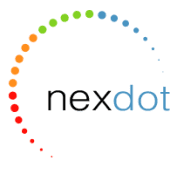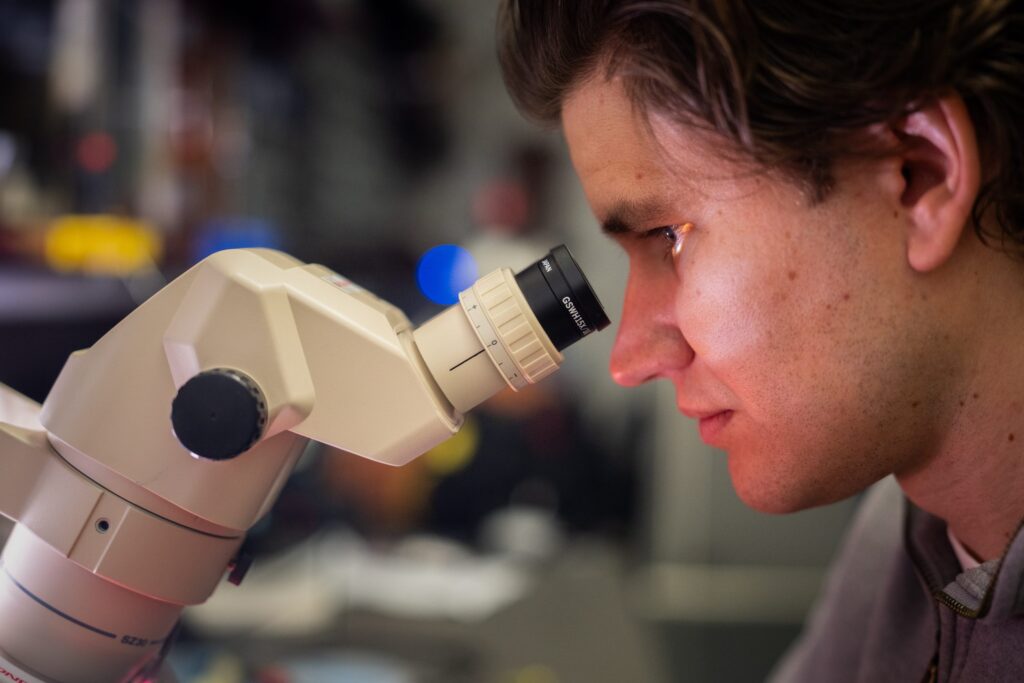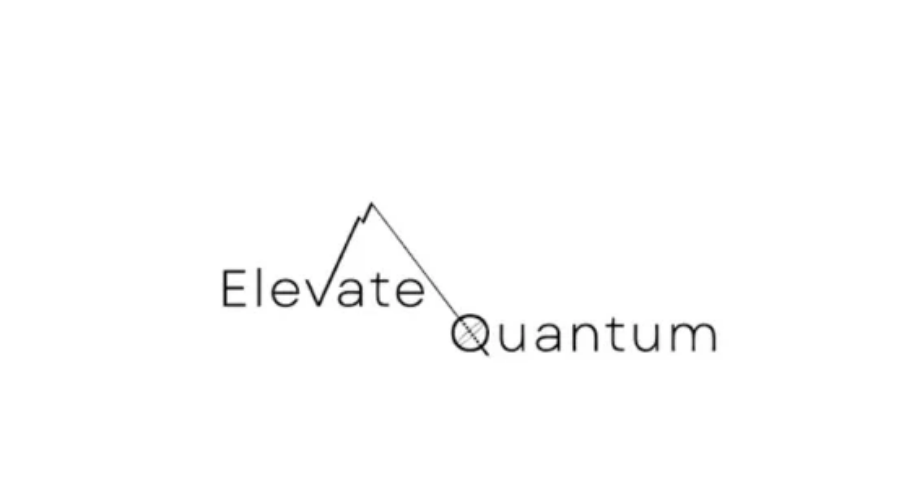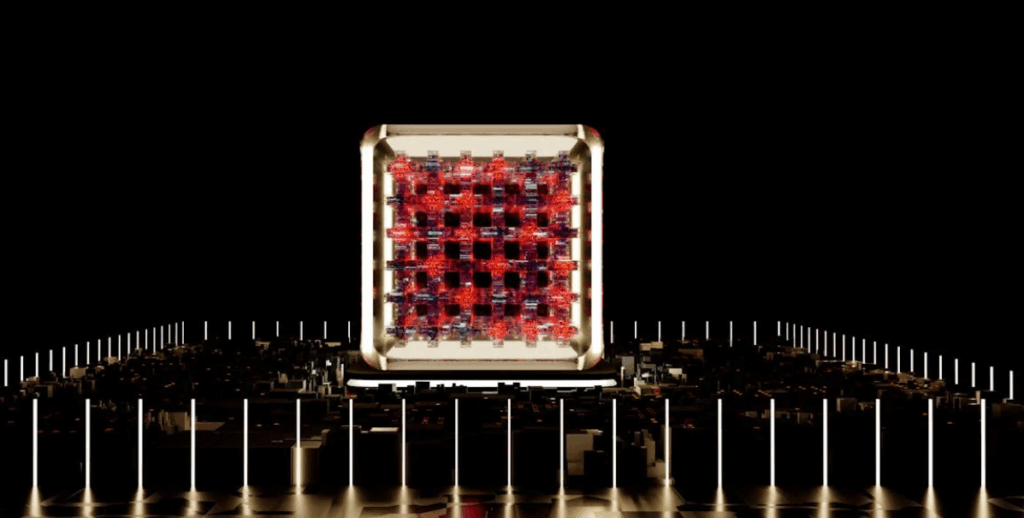
Semiconducting Nanoscale Crystals
Over the last few years, there has been plenty of enthusiasm in some circles as to the efficacy of quantum dots (QDs) for improving the lot of certain industries. In essence, quantum dots are man-made semiconducting nanoscale crystals that can carry electrons. All the magic happens when UV light strikes them, the quantum dots emit light of different colours.
Theorized in the 1970s before being created a decade later, outside the lab and in the real world they can be used for several applications in areas such as photonics, imaging, medicine, catalysis, and electronics, etc.
Taking advantage of the potential that quantum dots possess, the company Nexdot was founded in 2010 by Benoit Dubertret and Maurice Guillou at the École Supérieure de Physique et Chimie Industrielles (ESPCI) in the City of Paris to promote the discoveries made in that institution.
Nexdot
Primarily focused on the manufacture and synthesis of quantum plates, a new generation of quantum dots with one-dimensional confinement, Nexdot’s discovery has been an important part of the company’s overall development. Quantum dots have properties that are particularly useful for industrial applications as their precise control of the emission wavelength on any range of the visible light spectrum can greatly extend the range of colours displayable by a screen.

“Nexdot has developed an exclusive process to encapsulate nanoparticles in Quantum Pearls. We have an excellent control on the size, composition, and density of these unique pearls. This technology allows us to retain the luminescent properties of our Quantum Plates while providing a simpler solution that can be integrated into existing industrial processes. In addition, encapsulation is able to provide a barrier against water and oxygen, molecules that can damage Quantum Dots and Quantum Plates. Finally, this specialized technique makes all Quantum Dots, even the best performing ones containing cadmium, RoHS compliant.”
— Nextdot
The big players in the OLED market like Samsung, Hisens and TCL, which already offer quantum dot-based products, realize the universal adoption of the technology still faces problems of industrial implementation, as current integration techniques do not practically utilize quantum dots in the best way.
Applications
Seeing the problem, Nexdot’s solution is to support these manufacturers and others in the development of their processes, signalling in what advantages quantum dot technologies have compared to OLEDs. This will also have positive effects on ultra HD screens, computer monitors and light sources for lighting, too.

Nexdot’s first co-founder is Benoit Dubertret. He has a Ph.D. from the University Louis Pasteur, Strasbourg, France, and did postdoctoral research in the Laboratory of Albert Libchaber, Rockefeller University, New York City, NY. His research interests include semiconductor nanoparticle synthesis, characterization and applications.
Maurice Guillou, a former deputy CEO of the Spie batignolles Group — a major player in the construction industry in France — is Nexdot’s chairman He brings expertise in governance, administration, marketing, and business development to the company.
The €4.5 million in funding that Nexdot has received since 2016 will assure the company’s growth in the quantum dots market that analysts predict will grow by up to 50% annually to 2025.
If you found this article to be informative, you can explore more current quantum news here, exclusives, interviews, and podcasts.


















